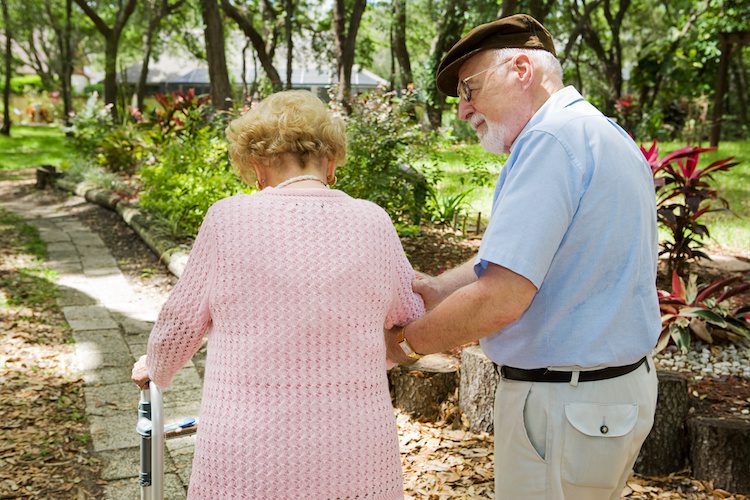
A lot of people think that falling is an inevitable part of getting older. Not so. While you can’t do much about aging, there are a lot of other fall risk factors that you can do something about. In other words falls can be prevented, and they should be, especially among the elderly.
Not all falls result in injury, but the older you are the more serious a fall can be. Every year, “2.8 million older people are treated in emergency departments for fall injuries,” says the Centers for Disease Control and Prevention (CDC). Most often these include broken bones and head injuries. Even when someone doesn’t get hurt, a fall can lead to a fear of falling that causes them to move around less. This lack of activity often leads to a decline in general health and strength, further increasing their risk of falling.
“Every second of every day, an older adult falls,” according to the CDC. And these falls “can be very serious, especially if the person is taking certain medicines (like blood thinners). An older person who falls and hits their head should see their doctor right away to make sure they don’t have a brain injury.”
Fall injuries also sometimes lead to death. In one year alone in the U.S., 27,000 older adult deaths occurred due to falls. This has led the CDC to develop the STEADI (Stop Elderly Accidents, Deaths, & Injuries) initiative. STEADI offers tools and educational materials to help identify patients who are at low, medium, and high risk of falling. It’s also used to help identify factors that increase that risk–especially those that can be changed.
Falls are usually caused by a combination of factors; some having to do with an individual (intrinsic) and some having to do with the environment (extrinsic). Intrinsic factors include sensory and cognitive deficits, illness, and lack of strength or balance; extrinsic factors include home or neighborhood features, footwear, and alcohol or drug use.
Whether fall risk factors are intrinsic or extrinsic, there are many that you can do something about, like these listed by the CDC:
- Muscle weakness
- Vitamin D deficiency (that is, not enough vitamin D in your system)
- Difficulties with walking and balance
- Use of medicines, such as tranquilizers, sedatives, or antidepressants. Even some over-the-counter medicines can affect balance and how steady you are on your feet.
- Vision problems
- Foot pain or poor footwear
- Home hazards or dangers such as
- broken or uneven steps, and
- throw rugs or clutter that can be tripped over.
Many fall risk factors are easily identified and addressed by a visit to your doctor. Medications can be added or changed, you can get your vision tested or start working on any other pre-existing conditions that may put you at risk for a fall. Your doctor may be able to recommend a community fall-prevention or exercise program. They may even refer you to an occupational or physical therapist to help with issues like strength and balance.
According to this 2012 study by Gillespie, “Exercise interventions that focus on improving strength and balance are the most effective single intervention for reducing falls and fall-related injuries.”
There is a lot you can do to prevent a fall. Unfortunately, many older adults underestimate their risk of falling and less than half talk to their health care providers about it. But you don’t have to be one of them, call your doctor today and find out if you are at risk and what you can do about it. It could be the smallest change that makes all the difference.

